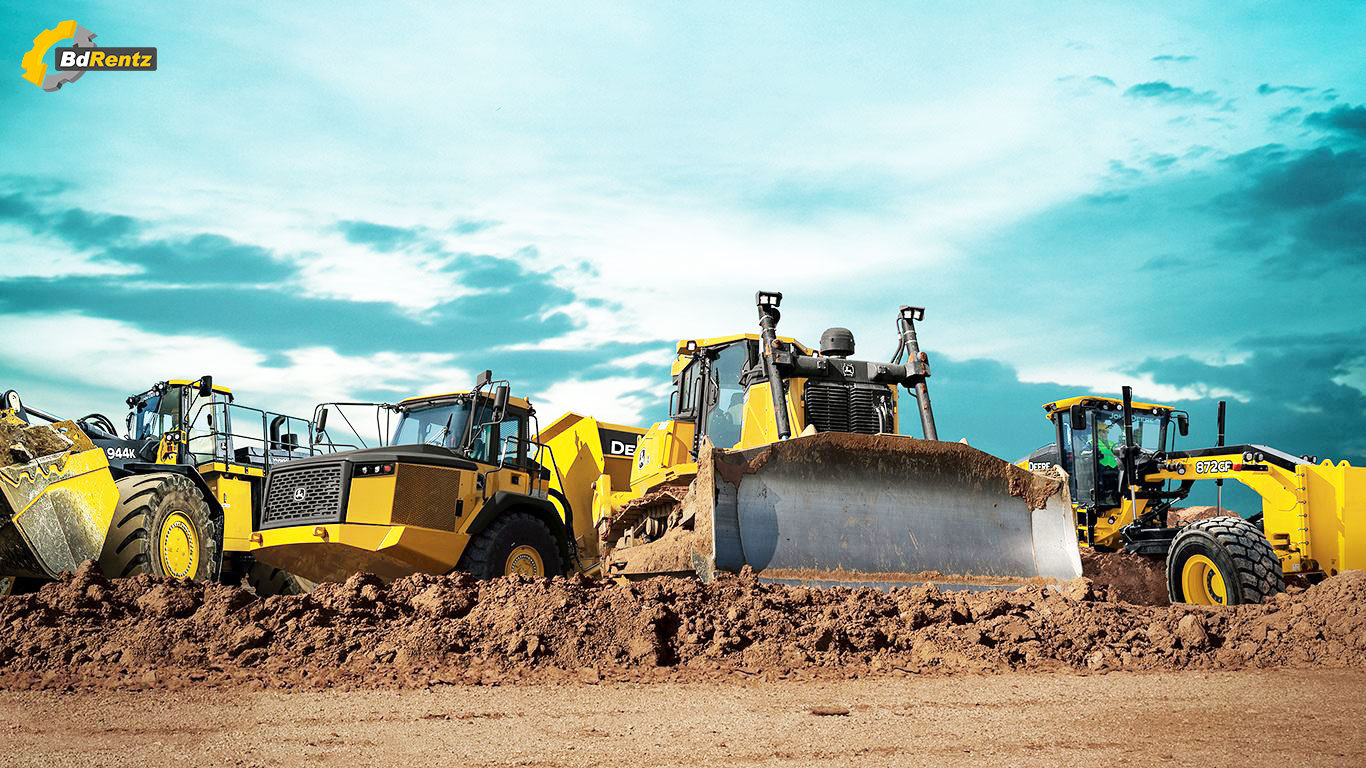Maximize Your Budget by Comprehending the Prices Connected With Building Tools Rentals
Comprehending the full range of costs connected with building devices leasings is critical for maximizing your spending plan. While the preliminary rental cost may appear simple, various additional costs-- such as transportation, fuel surcharges, and upkeep-- can promptly build up, influencing your economic preparation. Moreover, recognizing numerous costs and the intricacies of rental agreements can help avoid unanticipated economic worries. What approaches can be used to successfully take care of these costs and guarantee a much more effective rental experience?
Overview of Rental Costs
When thinking about construction equipment leasings, comprehending the associated prices is paramount for efficient budgeting and job planning. Rental expenses can vary considerably based upon a number of elements, including devices type, duration of rental, and location. The initial rental cost typically mirrors the tools's market need and its associated operational capabilities, influencing the general expense.
In enhancement to the base rental rate, supplementary costs may emerge, such as transportation costs, gas surcharges, and maintenance charges. It is essential to make up these extra expenses to properly assess the complete expense of renting out tools. Moreover, the rental period can influence prices; longer leasings might get discounted rates, while temporary services could incur greater day-to-day charges.

Failure of Rental Rates
A thorough understanding of rental rates is crucial for service providers and project supervisors aiming to maximize their budgets. Rental prices for building devices usually include numerous components, consisting of base prices, time-based costs, and use charges.
Base prices are the core costs connected with the service of the tools, frequently determined by the type and dimension of the equipment. These prices can vary considerably, influenced by factors such as equipment demand, accessibility, and regional market patterns. Time-based costs, which may be daily, weekly, or monthly, serve to accommodate different task timelines and rental periods.
In addition, rental rates might include usage costs, which are relevant when devices is made use of beyond a defined limit, making certain that the rental firm can represent deterioration. Seasonal demand fluctuations can also affect rental prices, with peak construction seasons typically commanding greater rates.
Furthermore, recognizing the rental business's plans relating to upkeep and insurance coverage can provide more insight right into the overall price structure. By examining these parts, service providers can make enlightened decisions, making sure the option of rental equipment lines up with both task needs and budget restraints.
Additional Costs to Consider
Recognizing the details of extra charges is essential for contractors to manage their total service costs effectively. Beyond the standard rental prices, numerous supplemental costs can significantly influence the overall cost of devices leasing. These charges usually include distribution and pickup fees, which can differ based upon distance and logistics included in moving the equipment to and from the task website.
Additionally, some rental firms may impose gas additional charges if the devices is returned with much less gas than when rented. It is also necessary to recognize potential cleansing costs, particularly for specific devices that calls for complete upkeep after use.

Extensively examining the rental contract and clearing up these added fees in advance can assist contractors avoid unanticipated prices and guarantee that budgets remain intact throughout the task lifecycle.
Maintenance and Fixing Costs
Routine repair and maintenance expenditures are commonly ignored factors that can dramatically affect the overall cost of building devices services. When leasing devices, it is vital to consider not just the rental charges however also the prospective prices related to keeping the machinery in optimum operating problem.
Lots of rental companies include basic upkeep as component of the rental arrangement; nevertheless, a lot more considerable fixings or unforeseen malfunctions can cause extra expenses. It's necessary to evaluate the rental agreement very carefully to comprehend what upkeep services are covered and what duties drop on the occupant.
Additionally, tools that is not well-maintained can bring about inefficiencies at work site, potentially causing hold-ups and enhancing job prices. To reduce these risks, it is a good idea to perform regular inspections and preserve open interaction with the rental provider relating to any problems that develop during use.
Insurance Coverage and Responsibility Prices
Insurance coverage and obligation costs are important components that can dramatically impact the general cost of construction equipment rentals (aerial lift rental). These costs make certain that both the rental business and the look at here customer are protected from potential economic losses occurring from crashes, damage, or theft throughout the rental period

Additionally, customers need to recognize any type of deductibles or exclusions in the insurance coverage plan, as these can affect possible out-of-pocket expenses. Understanding the terms of any kind of insurance policy coverage is crucial to prevent unforeseen expenses. Inevitably, budgeting for insurance policy and liability expenses can help ensure a smoother rental experience and protect against economic risks related to construction projects.
Verdict
In verdict, a comprehensive understanding of the costs linked with building and construction tools leasings is important for effective budget plan administration. Eventually, informed decision-making relating to tools leasings adds to the total success of building endeavors.
Rental prices can vary considerably based on several aspects, consisting of devices kind, period of leasing, and area (rental company near me). The rental period can affect prices; longer rentals may certify for reduced rates, while temporary rentals may incur greater day-to-day costs
By performing extensive research and engaging with credible rental firms, service providers can efficiently browse the complexities of rental pricing, eventually optimizing their monetary sources.
Beyond the typical rental rates, different auxiliary costs can find more information considerably impact the total expense of devices rental. Rental business often give responsibility insurance policy that covers injuries to third events or damages to residential property, while tools damage insurance policy can cover the price of repair services or replacement if the rented out tools is damaged.